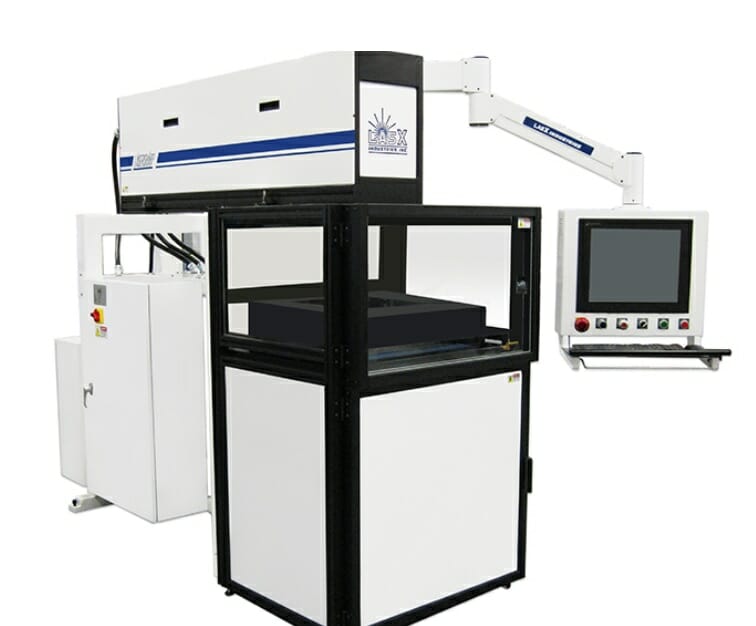The LasX Ripping Engine is the brain behind the digitalisation and collation of all aspects of carton and label manufacturing processes. The technology makes it possible for the Laser to change between different products on the fly and perform the processes needed such as cutting, scoring or etching as required for each individual item. The Ripping Engine is designed to work equally well with either sheet fed or roll fed digital printing.
Bromsgrove based laser specialists TLM Laser are now able to offer this technology to customers in the UK and Ireland, under their recent partnership agreement with LasX Industries (www.lasx.com), a technology and industry leader in high performance production class laser converting systems and services.
Flexibility has become an increasingly important element in many different processes as manufacturers endeavour to meet the demands placed upon them by multiple product variants and smaller batch runs. The development of the LasX Ripping Engine allows near instantaneous changeover between products or work orders, delivering the highest levels of flexibility and reducing waste by combining smaller jobs, thus optimising the use of stock material.
The Ripping Engine interfaces with third party print management software and the laser system to prepare the information needed by the laser to fulfil the processing tasks. The files used by the Ripping Engine will originate from graphics design departments, who will typically use Adobe Illustrator, Corel or other graphics design packages for artwork preparation. These PDF files use multiple layers to hold the specific information for material registration and job details, print design, cutting, scoring and etching etc.
The Ripping Engine converts these files and sends print instructions to the printer software interface and processing instructions to the laser(s) for cutting, scoring or etching. Part of the data sent to the printer includes a 2D matrix code and alignment fiducials on either side of the web.
Individual laser jobs and parameters are stored within and triggered by the 2D matrix that has been printed along the leading edge of the web or sheet. A camera positioned downstream from the printer and upstream from the laser, reads this code and in a fraction of a second sends the information it contains to the laser to allow specific programmes or jobs to be loaded and initiated. The alignment fiducials provide reference points that allow the laser to compensate for any offsets in the x and y directions and any rotational skew.
The fact that the laser processing information is taken directly form the design file, eliminates the potential for errors that could result from human intervention, and the closed loop nature of the system ensures that the correct programme and parameters are selected and verified for each product prior to processing.
With the printing and laser processing fully integrated, users of this technology benefit from tangible cost savings and significantly reduced lead-times between design and shipment, when compared to more traditional print methods that require films, plates, die cutters and several different set up stages to produce the finished item.









